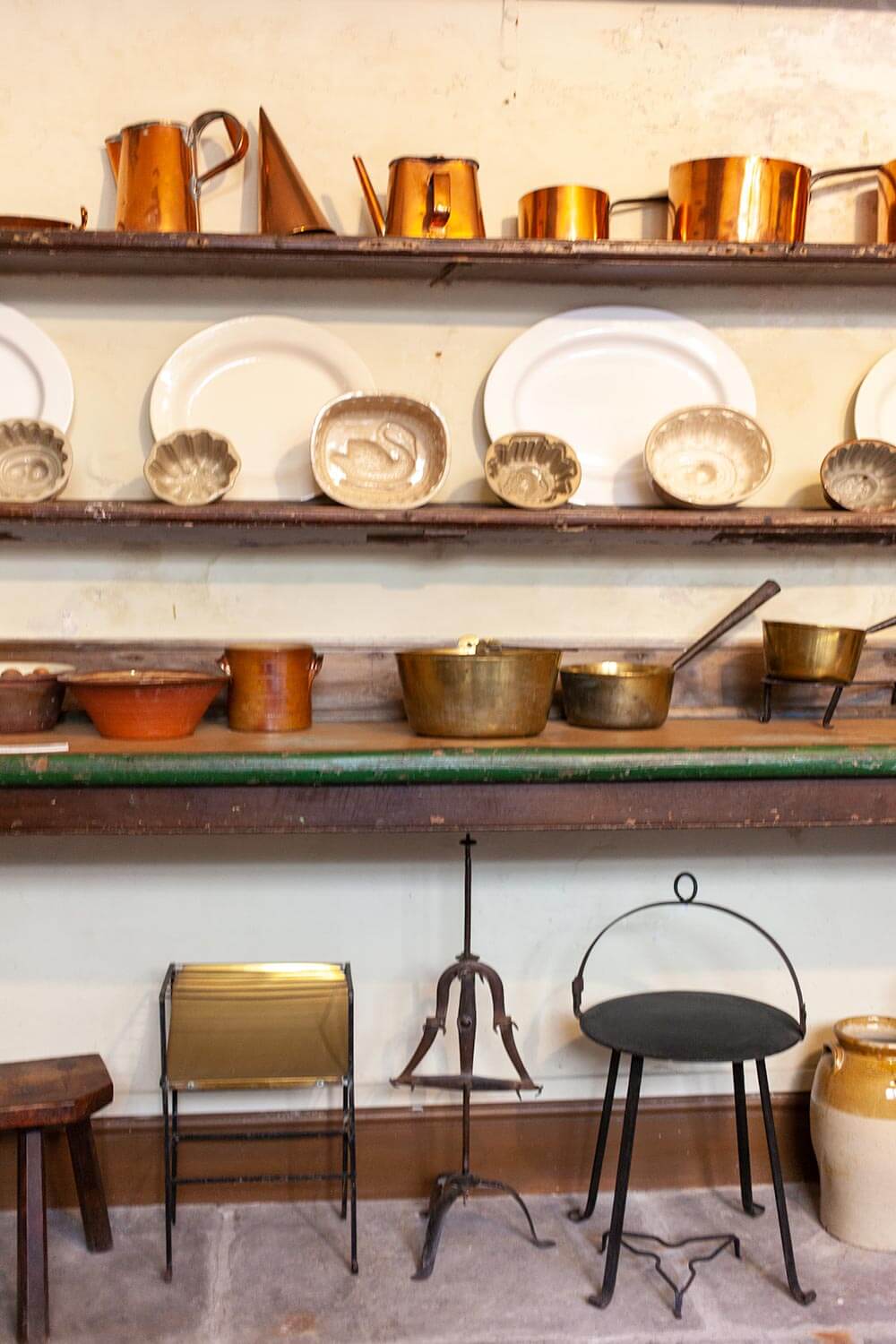An 18th-century townhouse kitchen was often cramped, hot and poorly lit. It was hard to regulate the heat when cooking on an open range, but skilled cooks could still produce everything from roasts to stews, sauces to syllabubs.
This website uses cookies so that we can provide you with the best user experience possible. Cookie information is stored in your browser and performs functions such as recognising you when you return to our website and helping our team to understand which sections of the website you find most interesting and useful.














